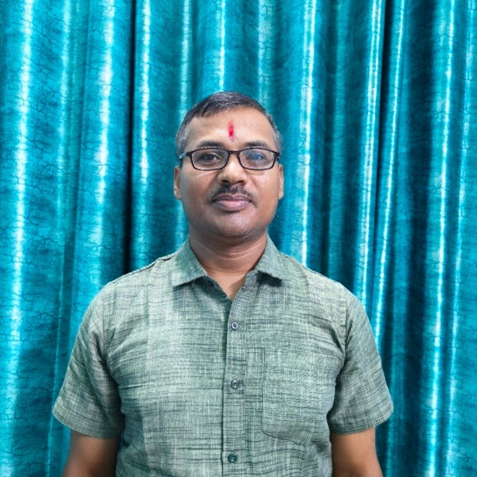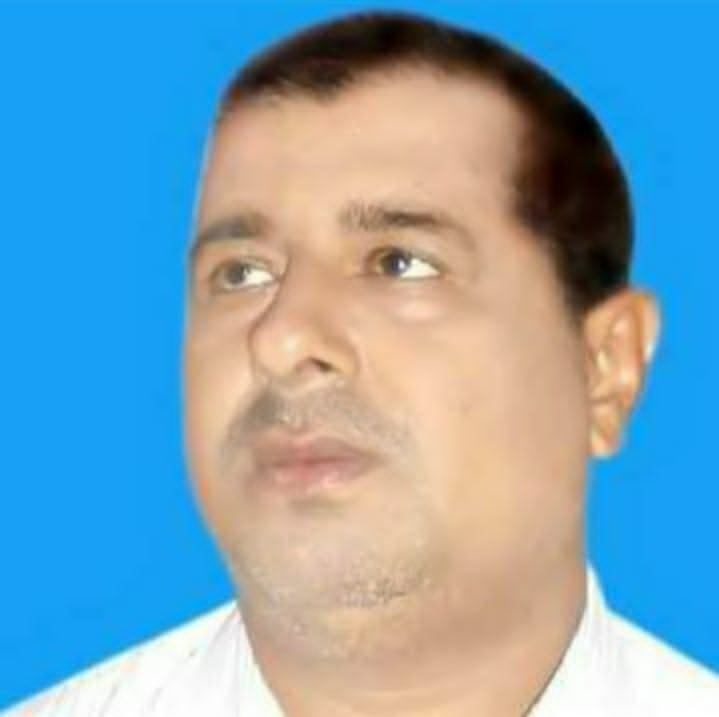
BRIGHTNESS TRIUMPHS OVER SHADOW —————–
A flicker awakens, a soft light, In the quiet of the night, as shadows move,
And shadows murmur hidden truths,
A glimmer of hope starts to appear
The moon might conceal, the stars could sorrow,
Yet light, despite its brevity, resists slumber
It twirls freely on a quivering breeze,
A quiet vow, apparent and uncommon
Within the core of the night’s hold,
Light discovers its bravery, and finds its position
One ray, a beam so radiant,
Can drive off the darkest night
For light is powerful, even when it dims,
It ascends once more, responding to invitations
And even if the night appears so endless,
The inner light will forever endure
Let the shadows dread the light,
Light will forever discover its path
And in that light, so genuine, so bright,
Darkness has no possibility of captivating.
Dr. Brajesh Kumar Gupta, also known as “Mewadev,” has been recognized on several prestigious platforms for his contributions to literature and the arts. Notably, the state of Birland commemorated him with a special edition postage stamp. He is the recipient of the Presidency of the International Prize De Finibus Terrae (IV edition), awarded in memory of Maria Monteduro in Italy. Dr. Gupta has been honoured with an honorary Doctorate of Literature (Doctor Honoris Causa) by both The Institute of the European Roma Studies and Research into Crimes Against Humanity and International Law in Belgrade, Republic of Serbia, and the Brazil International Council CONIPA and ITMUT Institute. In addition to his literary achievements, Dr. Gupta was awarded the Uttar Pradesh Gaurav Samman in 2019, further solidifying his impact on regional and international platforms. Currently, he holds the position of the 3rd Secretary-General of the World Union of Poets, serving from December 30, 2017, through December 31, 2024. His role in this organization is pivotal, reflecting his commitment to advancing the global literary community.
Dr. Gupta is an accomplished author of eight books and the editor of twenty-seven volumes, showcasing his extensive contribution to literary scholarship. Beyond his literary pursuits, he serves as the principal of S.K. Mahavidyalaya, Jaitpur, Mahoba (U.P.), and resides in Banda, Uttar Pradesh, India. For further engagement, he can be reached via his social media profiles at facebook.com/brajeshg1, or through email at dr.mewadevrain@gmail.com. His work and legacy are also featured on www.mewadev.com.






